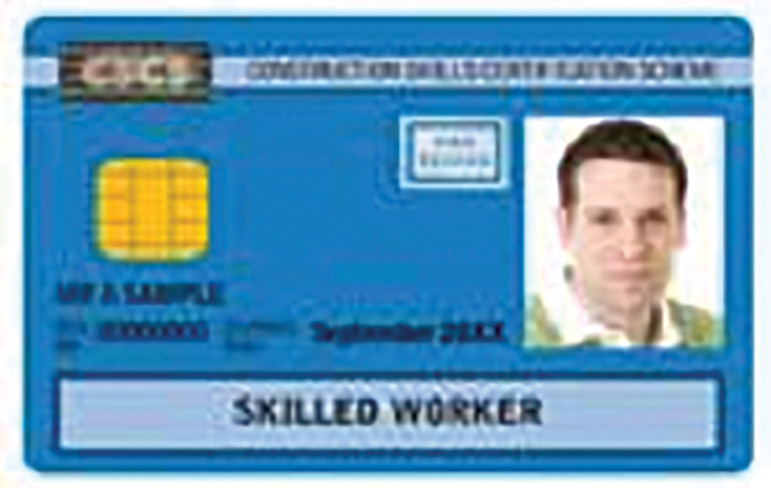Mark Priestman has more than 20 years’ experience in the natural stone sector. He plays an active role in the development and delivery of training in this specialist environment. Along with his father, David Priestman, he runs a training consultancy whose mantra is: Qualify the Workforce!
 Essential Guide to NVQ qualifications for the Stone Sector
Essential Guide to NVQ qualifications for the Stone Sector
Part 3: Skilled Workers
For most contractors in our sector the biggest impact of the CSCS card has been on their operatives’ ability to get on site and work. So it is not surprising the largest uptake of CSCS cards is in the Skilled Worker category.
To achieve one of these cards an applicant must pass the operatives CITB touch screen test and hold a level 2 NVQ in a construction-related occupation.
The most popular NVQs in the natural stone sector are those set out in Table 3.
In recent weeks, our own practice has seen an increased desire by businesses to enrol their operatives on to these level 2 qualifications.
In part, at least, this interest has been created by the following pieces of news:
- That the Industry Accreditation (AI) route has been removed. Some types of CSCS card could previously be applied for on the basis of experience, which was considered evidence of the applicant’s knowledge. This was commonly known as ‘Grandfather Rights’. CSCS no longer accepts this as a way of obtaining a card for most sectors of construction, including ours.
- The Construction Related Occupations route has been heavily restricted. All CRO cards issued from 1 October 2015 will expire on 30 September 2017 and will not be renewable. A CRO card will then be available only if there is no NVQ in that sector. Therefore no CRO card is available for the occupations listed in Table 3.
At level 2, these NVQs are most commonly completed on site under the on-site assessment and training (OSAT) route for experienced workers. Generally, the learner ought to be able to achieve them within 3-6 months of registering.
Working with an assessor the learner will build portfolio evidence to prove knowledge and performance ability by means of question answering, recorded discussion, site observation, expert witness and photography.
The beauty of the OSAT route is that it has minimal disruption to work, as it is all conducted in the workplace.
Another route to the NVQs in Table 3 (below) is the specialist apprenticeship programme. For CITB registered firms this route is fully funded. It requires an average of 20 days off-site training over a two-year period. The specialist apprenticeship programmes in these three areas are administered by the Federation’s StoneTrain division – check out www.stonetrain.org.uk.
The CITB has a £400 achievement grant in place for businesses whose employees achieve an NVQ. More details at: bit.ly/CITB-VQgrants.
And currently the CITB also has in place pots of money up to £5,000 per quarter towards vocational qualifications where a successful bid is made against the CITB Flexible Funding.
All such funding is only available to CITB-registered firms. If you are not yet registered, you might want to ask if you should be. It may even be the case that you don’t have to pay the levy but can still benefit from the funding. For more details about registering with CITB take a look at: bit.ly/CITB-levy.
Next time we will look at who can hold a CSCS trainee card.
Mark Priestman is a Partner at Priestman Associates LLP, a leading façade preservation project consultancy. From stonemasonry and heritage skills through to Site Supervision and Conservation Management, the partnership is trusted by the leading brands of the sector as an NVQ provider for experienced, upskiller and apprentice workers. Mobile: 07876 687212.
Table 3 |
|
Qualification: | Best suits workers who are: |
NVQ Level 2 in Façade Preservation | Façade Cleaner Façade Restorer |
NVQ Level 2 in Modular Pavement Installation (Paving) |
Paving installer |
NVQ Level 2 in Stonemasonry | Banker / Cladder / Cutter / Fixer / Floor Fixer |

